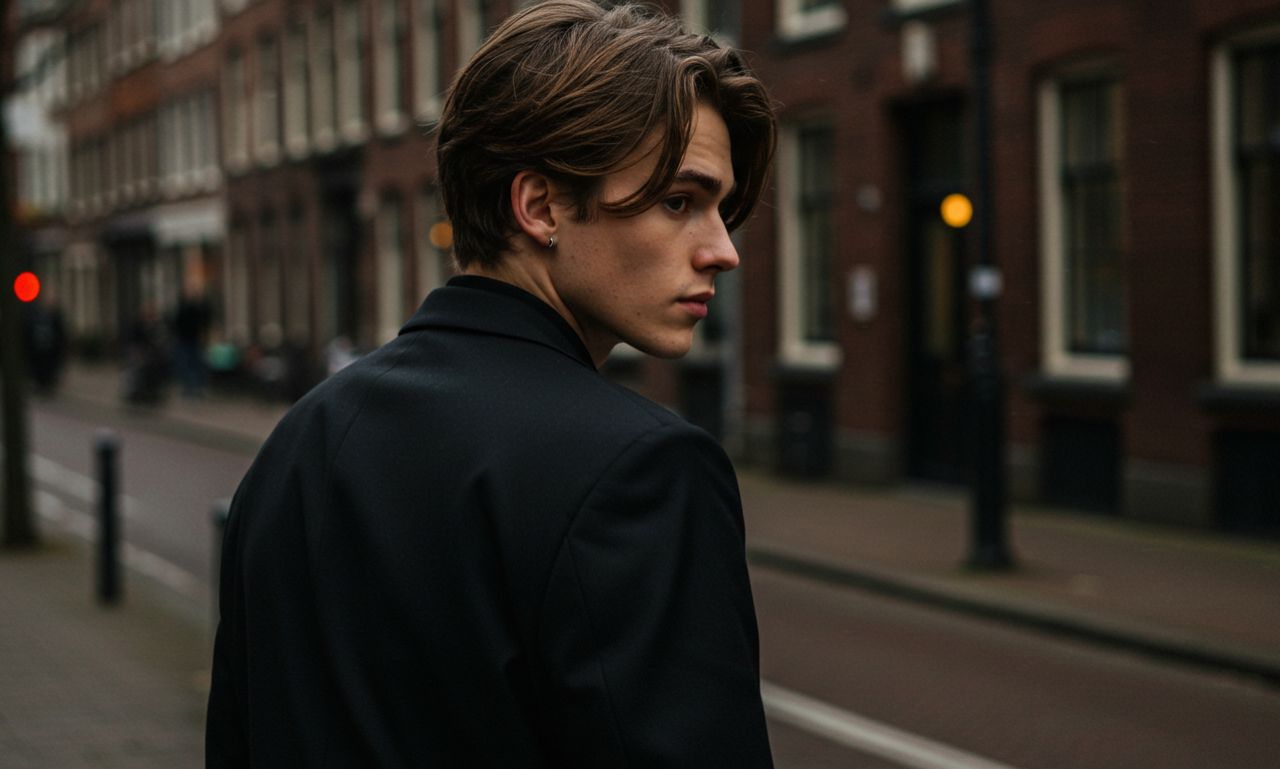Fashion has always been more than clothing—it’s an expression of who we are. From the classic suit to streetwear, styles evolve to reflect identity, culture, and comfort. Among these evolving trends, the term “Blazertje” has emerged as a symbol of versatile, smart-casual fashion.
While the word might sound playful, its significance in modern dressing is undeniable. Rooted in Dutch culture yet spreading globally, the Blazer-tje is redefining how people approach everyday style.
What is a Blazertje?
The term Blazer-tje comes from Dutch, where:
-
“Blazer” = a smart jacket.
-
“-tje” = a diminutive suffix meaning “small” or “little.”
So literally, Blazertje = “little blazer.”
But in fashion, it has grown to represent:
-
A lightweight, casual blazer suitable for daily wear.
-
A stylish yet comfortable outfit piece bridging the gap between formal and informal.
-
A youth-inspired trend embraced by those who value individuality.
In essence, a Blazertje is not just clothing—it’s a concept of flexible, modern dressing.
A Brief History of the Blazer and Blazertje
To understand the Blazer-tje, we need to look at the blazer itself.
-
19th Century Origins: The blazer first appeared in the 1800s, worn by rowing clubs in England. It was associated with sports and later adapted as semi-formal attire.
-
20th Century Expansion: Blazers became essential for school uniforms, corporate settings, and naval uniforms.
-
Shift to Casual Fashion: By the late 20th century, designers began experimenting with lightweight fabrics, softer cuts, and colorful patterns—giving rise to casual versions.
-
The Dutch Influence: In Dutch fashion, the diminutive form “blazertje” reflected how younger generations viewed the blazer—not as stiff business wear but as a playful, trendy, and versatile garment.
Thus, the Blazertje was born as a cultural adaptation, bridging tradition with youth culture.
Key Features of a Blazertje
-
Lightweight and Comfortable
Made from softer fabrics like cotton blends, linen, or stretch polyester. -
Versatile in Styling
Can be dressed up with trousers or dressed down with jeans and sneakers. -
Gender-Neutral Appeal
Designed for all genders, adapting seamlessly to different body shapes. -
Youthful Aesthetic
Slim fits, cropped lengths, or oversized streetwear versions appeal to younger fashion enthusiasts. -
Affordable Options
Unlike luxury blazers, many blazer-tjes are budget-friendly and accessible.
Blazertje vs. Traditional Blazer
| Aspect | Blazertje | Traditional Blazer |
|---|---|---|
| Formality | Smart-casual | Semi-formal to formal |
| Fit | Slim, cropped, oversized | Structured, fitted |
| Occasions | Daily wear, street fashion, casual work | Office, events, uniforms |
| Fabric | Lightweight, trendy materials | Heavier wool, suiting fabrics |
| Target Audience | Youth, modern style lovers | Professionals, formal wearers |
This comparison shows that the Blazer-tje is a modern reinvention of the blazer, making it more adaptable to today’s lifestyles.
Why the Blazertje Matters in Fashion Today
1. Smart-Casual Revolution
Dress codes worldwide are shifting. Offices adopt business-casual policies, and events lean toward relaxed elegance. The Blaze-rtje perfectly fits this middle ground.
2. Youth Culture
Blazertjes are especially popular among Gen Z and Millennials, who want stylish pieces that don’t feel rigid.
3. Social Media Influence
Instagram, TikTok, and Pinterest have amplified the blazer-tje trend, with influencers showcasing creative outfit pairings.
4. Global Adaptation
Though Dutch in origin, the blazer-tje concept resonates globally, especially in urban streetwear and college fashion.
Styling a Blazertje: Outfit Ideas
-
Classic Casual:
Navy blazertje + white t-shirt + slim jeans + loafers. -
Streetwear Twist:
Oversized blazertje + graphic hoodie + cargo pants + sneakers. -
Summer Look:
Linen blazertje + shorts + sandals + sunglasses. -
Work-Ready Smart:
Neutral blazertje + chinos + button-up shirt + derby shoes. -
Evening Chic:
Black blazertje + turtleneck + tailored trousers + boots.
Cultural Symbolism of Blazertje
The Blazertje is more than clothing—it reflects a cultural shift toward freedom, individuality, and casual elegance.
-
In Dutch fashion, it represents playfulness and practicality.
-
In global fashion, it stands for breaking down formality barriers.
-
In youth identity, it shows the blending of streetwear and classic elegance.
Future of the Blazertje
-
Sustainable Fabrics
Expect eco-friendly blazertjes made from organic cotton, hemp, and recycled materials. -
Digital Fashion & Metaverse
Virtual blazertjes may appear in gaming avatars and digital wardrobes. -
Customizable Fashion
Brands may allow customers to personalize blazer-tjes with colors, prints, and fits. -
Hybrid Workwear
As remote work continues, blazer-tjes will likely remain popular for video meetings—smart on top, casual below.
FAQs About Blazertje
Q1: What does Blazer-tje mean?
It means “little blazer” in Dutch, but it’s also a symbol of modern, casual elegance.
Q2: Is a blazer-tje formal or casual?
It’s smart-casual—ideal for both casual outings and semi-formal occasions.
Q3: Can both men and women wear a blazer-tje?
Yes. Blazertjes are gender-neutral and versatile.
Q4: How do I style a blazertje?
Pair it with jeans, chinos, shorts, or even streetwear elements depending on the look you want.
Q5: Is blazertje a global trend?
Yes. Though it started in Dutch culture, it has grown into a global fashion statement.
Conclusion
The Blazer-tje is more than just a jacket—it’s a fashion revolution. Rooted in Dutch culture but embraced worldwide, it balances tradition with modernity, formality with comfort, and identity with freedom.
As fashion evolves toward inclusivity and sustainability, the Blazer-tje will remain a timeless piece, adapting across cultures, lifestyles, and even digital spaces.
So whether you’re dressing for class, work, or a night out—the Blazer-tje is your go-to style companion.

